iPhone X: Apple's 'future of the smartphone' is a blast from the past
Apple CEO Tim Cook introduced the new iPhone X as the "future of the smartphone". You may have been left with the impression that many of its "forward-looking" features were from smartphones of the past, however.
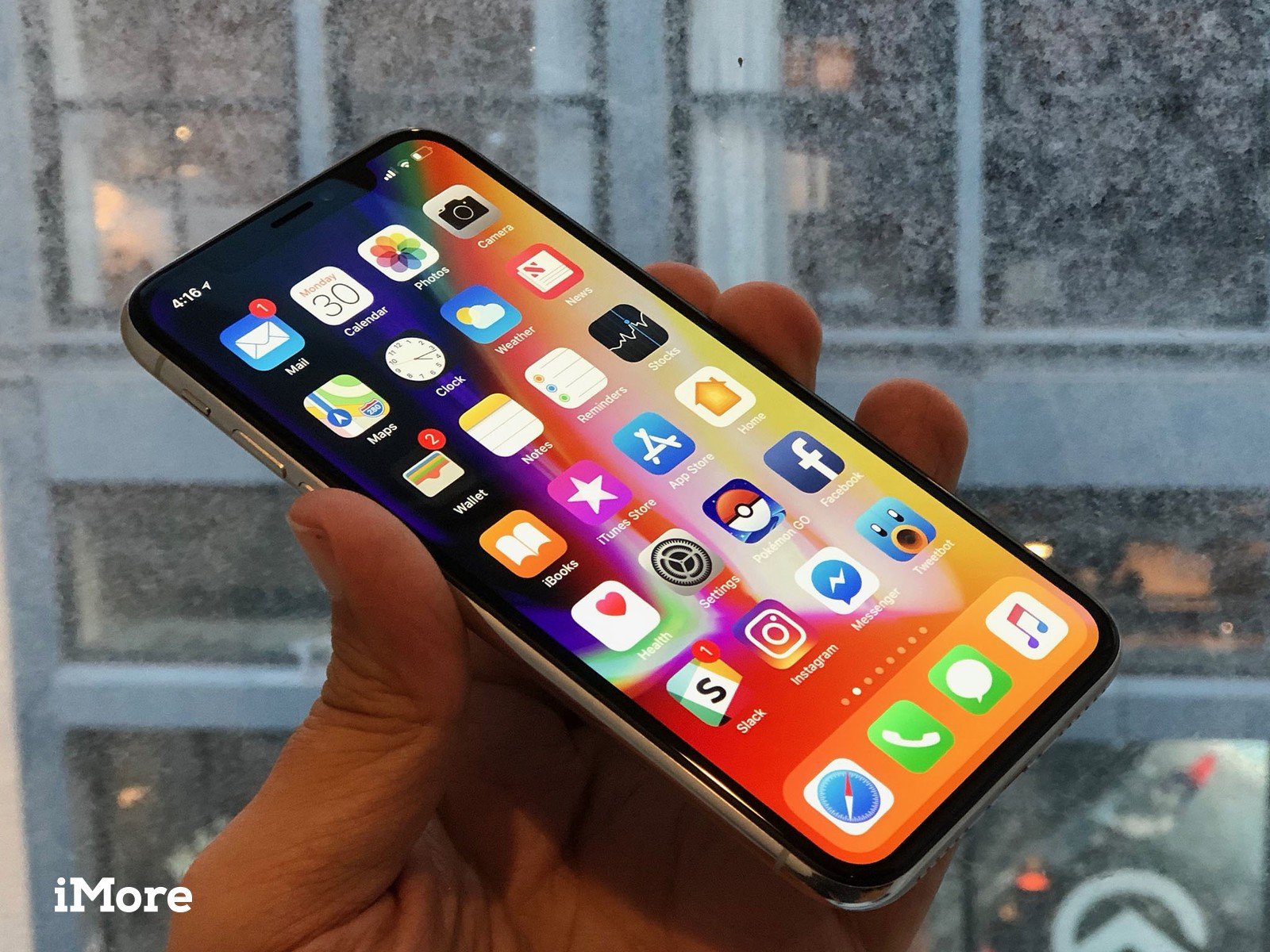
Though Apple is a technological force, the company rarely revolutionizes tech. There's certain to be backlash to that claim, considering the global impact of virtually everything Apple does.
The iPod, iPhone, iPad, Apple Watch, and iPhone camera mainstreamed various technologies after all. The App Store established the modern consumer-developer-app infrastructure, and ARKit is poised to mainstream augmented reality. Additionally, in an apparent defiance of logic, millions of people will spend $1,000 for an iPhone that was defined as "the future of the smartphone" but described with flagship features standard on smartphones of the past.
Remember when Microsoft/Nokia phones were the leading camera phone tech? Shame on you @Microsoft for letting that advantage slip away😒.Remember when Microsoft/Nokia phones were the leading camera phone tech? Shame on you @Microsoft for letting that advantage slip away😒.— Jason L Ward (@JLTechWord) September 12, 2017September 12, 2017
That's not necessarily an insult; it's an acknowledgment of how Apple's evolving of technology has made the company great.
Apple: No, we insist, after you
Apple is great at allowing other companies to make the initial investments and to take the initial risks with new technologies.
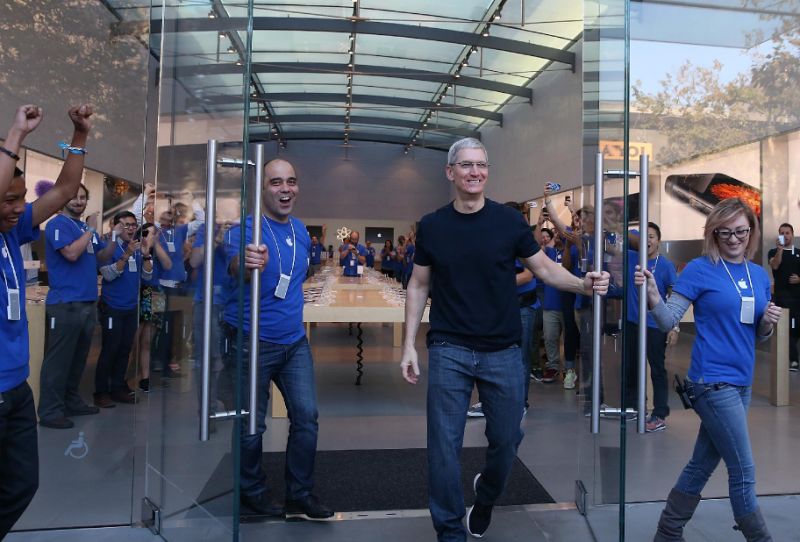
Companies incur huge research and development costs when implementing new technology. Those costs are augmented by the burden of introducing and educating the market about its benefits. Initial adoption is met with expected bugs and sometimes unexpected user experience challenges that become a barrier to mass adoption.
Apple rarely fumbles through that process with an untried product or feature. It diligently watches the market as new technologies are introduced and tried. Apple then reaps the benefits of not having to make the initial development investments or taking the risks of testing a feature on an untried market.
Apple: We can do anything better than you
Armed with the knowledge of what does and doesn't work, Apple iterates on products or features others introduced or struggled to mainstream.
Get the Windows Central Newsletter
All the latest news, reviews, and guides for Windows and Xbox diehards.

The company's aptitude for closely developing the software and hardware aspects of an experience are its strength. It endows its implementation of an "old" idea with a degree of synergy its competitors may not. Though it's safe to assume that whenever Apple introduces something "new," you'll see something "old," it will likely be implemented in a way that "just works" in a manner other implementations may not.
It just works.
Apple marketing positions its new implementation of old tech to be lauded by the market and mainstream media as new. That's frustrating for Windows phone fans (and others) who've been using "Apple's new features" for years on older devices.
When Apple executives define the future of the smartphone by rattling off features standard on the market-rejected Windows phone (and Android phones), fan feathers get ruffled. And not just at Apple for not acknowledging that "Microsoft did it first," but at Microsoft for not doing more in mobile.
Live photos, 3D Touch, universal apps: Apple hijaks Microsoft's lingo
Tap to awake
This year Cook described the iPhone X as "the biggest leap forward since the original iPhone." Apple's Phil Schiller followed and said of the iPhone X's new display, "the point of it is to enable an entirely new experience that's more fluid, more intuitive." Then as an example of that more fluid and intuitive experience, he introduced tap-to-awake. Windows phone fans have been tapping to wake their devices since at least 2013.
So what makes Apple's implementation better? Schiller's introduction of tap-to-awake was the beginning of a broader introduction of the iPhone X's new gesture-focused UI. With a near "edge-to-edge" display (there are still bezels) and no home button, navigation is a collection swipes from various areas of the display.
iPhone X has a button-less gesture-focused UI.
Apple's tap-to-awake is part of that forward-looking, gesture-focused, UI designed for a button-less interface. Windows phones, by contrast, have always retained capacitive or on-screen buttons. Tap-to-awake in that context is intuitive, yes, but part of a broader, more archaic way of interacting with a button-dependent digital interface. Apple evolved the experience, while Microsoft slept on its lead.
Liquid Crystal Display (LCD) to Organic Light Emitting Diode (OLED)
Apple has always used LCD rather than OLED displays on the iPhone (including iPhone 8). This is despite LCD's shortcomings which include greater power demands and more space requirements due to a display-sized backlight inherent to the technology.
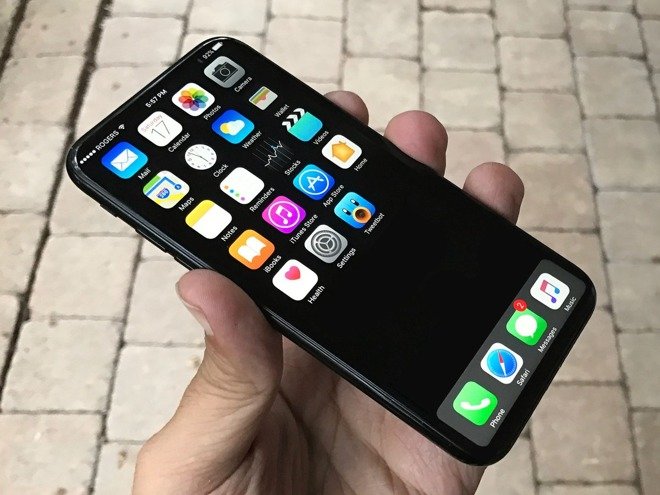
OLED displays omit that backlight and use tech where each pixel can light up. This conserves power and space (allowing for thinner devices) and adds benefits such as richer colors, deeper blacks, and whiter whites.
The Lumia 1020, a Windows phone fan favorite, has an AMOLED (Active Matrix Organic Light Emitting Diode) display and launched in 2013. Schiller said that only now, in 2017, is there an OLED display great enough to use on iPhone. Apple claims to have solved common OLED shortcomings such as color inaccuracy.
Here again, it's not the use of OLED displays alone that makes Apple's implementation superior to Microsoft's (and potentially others). It's the synergy with other technologies that make the difference. Apple's True Tone display that provides true to life color accuracy, high resolution HDR, 3D Touch, gesture interaction and more make the synergy of features on the display, this all-important interface to a user's digital content, a step beyond Microsoft's implementation on Windows phones.
Windows Hello and Face ID
Schiller said this year, "Your iPhone is locked until you look at it and it recognizes you. Nothing has ever been simpler, more natural and effortless. We call this Face ID." Microsoft calls similar and older technology Windows Hello. Microsoft made Windows Hello part of Windows 10 and Windows 10 Mobile in 2015.
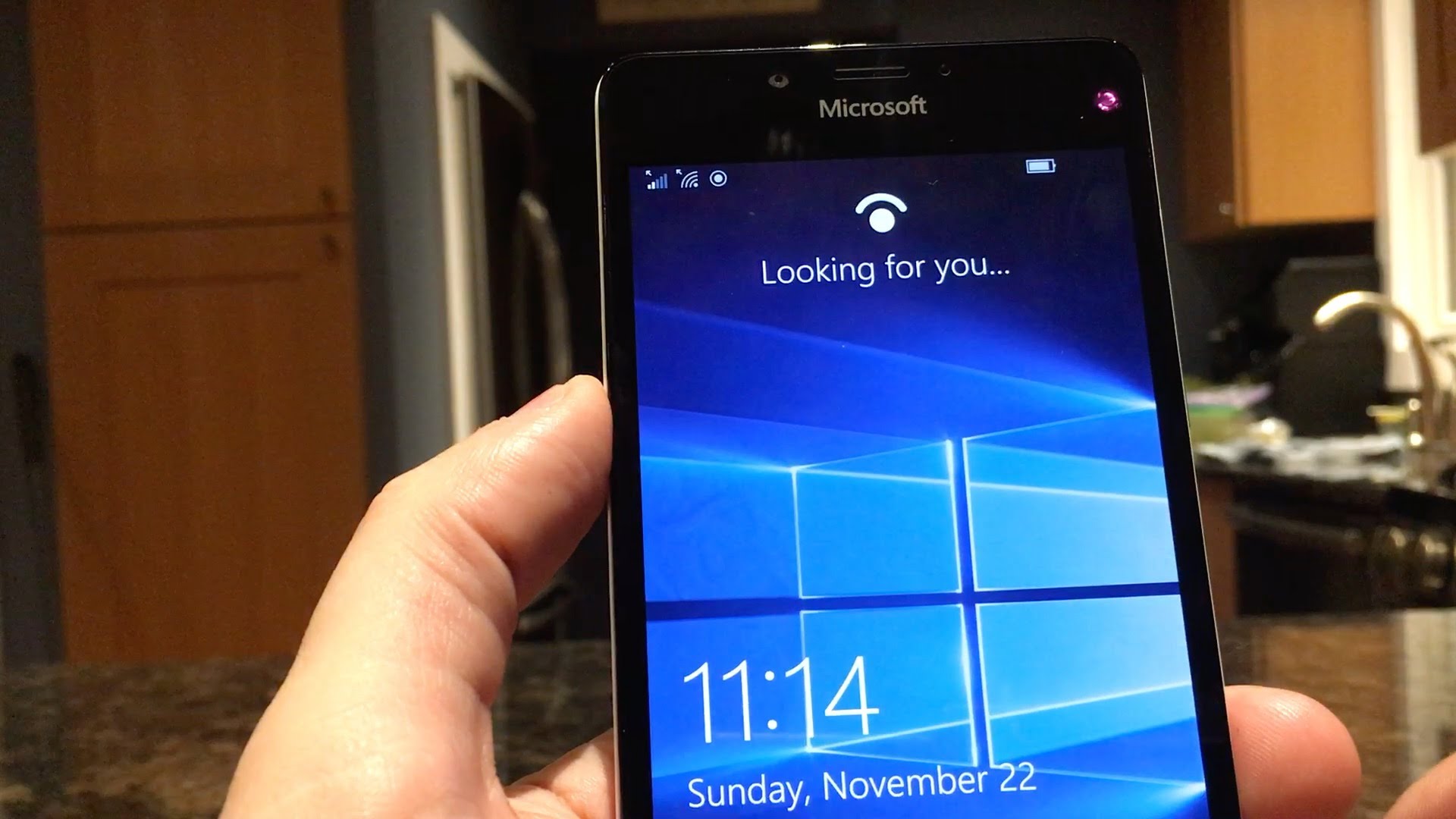
Windows Hello is an enterprise-grade biometric authentication solution whereas Apple's is consumer-grade. Both technologies use infrared and are capable of recognizing users in the dark. Both accommodate for subtle changes in a user's appearance such as glasses or facial hair. Windows Hello provides access to enterprise-focused scenarios such as network resources, websites and payment instruments. Face ID provides access to Apple Pay and authenticates third-party apps.
Windows Hello can be utilized with millions of PCs with the appropriate integrated or added hardware. Sadly, with a diminishing smartphone presence, Windows Hello is barely represented in the mobile space. Apple's smartphone-based Face ID will likely mainstream facial recognition biometrics in a way Microsoft has not.
Furthermore, Animoji's (animated emoticons), which utilize Apple's facial recognition tech, represent what may be the beginning of what will evolve into responsive digital avatars that will represent users in more complex AR and VR interactions and games in the future.
Qi: Who's in charge?
In 2012 the Lumia 920 was capable of wireless charging. Apple finally brought wireless charging to the iPhone this year. With its market influence and Air Power, a pad that charges several Apple products simultaneously, Apple hopes to advance Qi adoption. Sadly, with its dwindling smartphone presence, Microsoft has little relevance in the wireless charging space.
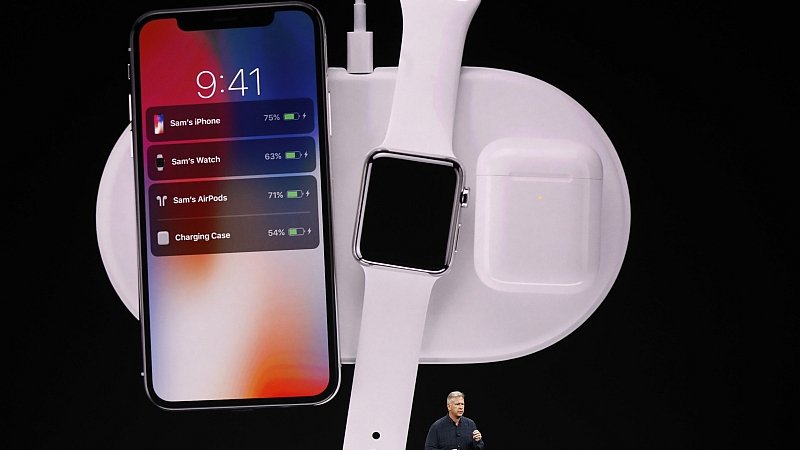
Windows phone fans shouldn't expect Apple to credit Microsoft (or others) for introducing certain technology first. Apple's improving and mainstreaming tech Microsoft introduced years ago, but failed to improve upon, is Microsoft's fault.
Still, the iPhone X is a mere iterative advance, or evolution, to the rectangular slab smartphone of the past.
Do you think Microsoft's potential Andromeda OS-based mobile device will better represent the future of the smartphone? Let us know in the comments.
Jason L Ward is a columnist at Windows Central. He provides unique big picture analysis of the complex world of Microsoft. Jason takes the small clues and gives you an insightful big picture perspective through storytelling that you won't find *anywhere* else. Seriously, this dude thinks outside the box. Follow him on Twitter at @JLTechWord. He's doing the "write" thing!

